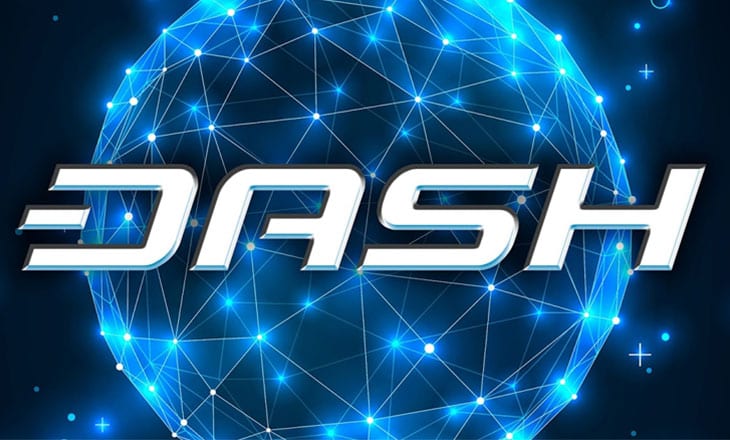The Arizona State University Blockchain Research Lab and Dash, a digital currency for payments and e-commerce, have released new research that highlights some of the scaling challenges and potential opportunities for the Dash blockchain. Titled “Block Propagation Applied to Nakamoto Networks,” the paper discusses the results of different scaling solution scenario simulations for the Dash network while also providing potential insights on the scalability challenges facing Proof-of-Work (PoW) blockchains.

Dragan Boscovic
Dragan Boscovic, director of the ASU Blockchain Research Lab and professor in the Ira A. Fulton Schools of Engineering, said:
The scalability question has been a major limiting factor for most cryptocurrencies, as there has been doubt surrounding whether or not these networks can scale to handle mass adoption. Through this research, which was made possible by our partnership with Dash, we were able to investigate the scaling limitations of the Dash network while also exploring various block propagation techniques. We’re excited to broaden our research in the future to potentially explore other pertinent topics including the operation of mining pools, and the role of multi-tier networks.
The team — led by Boscovic and researchers Nakul Chawla and Darren Tapp — focused on simulating different block size scaling scenarios for the Dash network with three different types of block propagation protocols: traditional full block propagation, compact block propagation and extreme thin (xthin) block propagation. Each simulation ran was applied to networks with at least 6,000 nodes and to account for variance the simulations were run long enough to simulate at least 700 blocks.
Some highlights from the research include:
- Scaling to 10MB block sizes is feasible for the Dash network when utilizing xthin block propagation. Utilizing compact block propagation, the Dash network can reliably scale to between 6MB-8MB block sizes with a negligible orphan block rate.
- Based on the simulation data, scaling well beyond 10MB block sizes using compact or xthin block propagation, while maintaining a minimal orphan block rate, is realistic.
- If miners are acting “rationally” and “in search of a profit,” there is an “economic limit” that disincentivizes mining blocks that eclipse .9MB in transactions using traditional block propagation techniques (unless higher transaction fees are included in the block); however, when using xthin propagation the economic limit disappears in block sizes up to 10MB.

Ryan Taylor
Ryan Taylor, CEO of Dash Core, added:
Scalability has been a key challenge for the blockchain industry, but the lack of academic research into the issue has been notable. The implication of this research is prodigious not only for Dash, but for crypto as a whole. First, it means we can continue increasing block size and network capacity to at least five times our current capacity in the near term. This means we will soon have 40 times the capacity of the Bitcoin network and a credible path to scaling further in the future. This is the type of scalability we need to achieve mass adoption as a daily payments solution.
The simulations were carried out at ASU’s Center for Assured and Scalable Data Engineering (CASCADE). The research is part of a $350,000 partnership that was announced in January 2018 between Dash and ASU, which was funded by Dash’s unique treasury system and includes funds earmarked for the Blockchain Research Lab as well as a Dash Scholars program.
